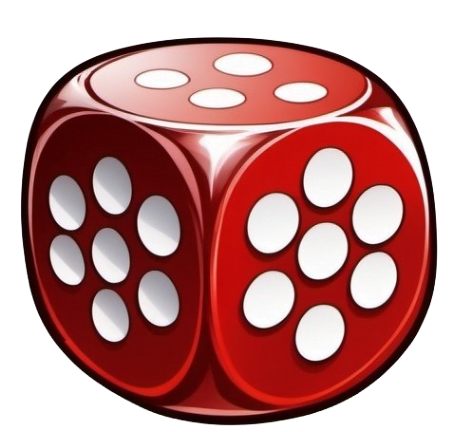Knight relay chess
Brief History and Background Information of Knight relay chess
Knight relay chess is a chess variant invented by Mannis Charosh in 1972. In this game, knights relay their power to friendly pieces. The rules are the same as those of orthodox chess except for a few differences. For example, a pawn may not move to or capture on its first or last rank using relayed knight power. If a pawn relays to its initial rank, it regains the option to make a double-step move. There is no en passant capture.
Why is Knight relay chess Popular?
Knight relay chess is a unique and interesting variant of chess that adds a new layer of strategy to the game. The ability of knights to relay their power to other pieces creates new opportunities for players to attack and defend. This makes the game more complex and challenging, which can be appealing to experienced chess players looking for a new challenge. Additionally, the game’s relative obscurity compared to traditional chess may make it more appealing to those looking for a less mainstream game to play.
Game Components of Knight relay chess
ChessboardChess pieces (including knights, which are the key to the game’s mechanics)
Game Setup of Knight relay chess
The game is set up in the same way as traditional chess.
Gameplay Mechanics of Knight relay chess
The game mechanics are similar to those of traditional chess, with a few key differences. The main difference is that knights can relay their power to other pieces. This means that a friendly piece adjacent to a knight can move or capture like a knight, in addition to its normal abilities. However, there are restrictions on this ability, such as pawns not being able to move to or capture on their first or last rank using relayed knight power.
Game Objective of Knight relay chess
The objective of the game is the same as traditional chess: to checkmate the opponent’s king.
Player Experience
Knight relay chess offers a unique and challenging experience for players looking for a new twist on traditional chess. The ability of knights to relay their power to other pieces creates new opportunities for attack and defense, which can make the game more complex and interesting. However, the game’s relative obscurity compared to traditional chess may make it more difficult to find opponents to play against.
Buy Online
Knight relay chess sets can be purchased online from various retailers, including Amazon and Chess House.
Conclusion
Knight relay chess is a unique and interesting variant of chess that adds a new layer of strategy to the game. The ability of knights to relay their power to other pieces creates new opportunities for players to attack and defend, making the game more complex and challenging. While the game’s relative obscurity compared to traditional chess may make it more difficult to find opponents to play against, it can be a rewarding experience for those looking for a new twist on the classic game.
Game Components of Knight Relay Chess
How To Setup Knight Relay Chess
The setup for Knight Relay Chess is identical to that of traditional chess. Each player starts with their pieces placed in the standard starting positions. There are no special preparatory steps or modifications to the board.
Gameplay Mechanics and Game Objective
Player Experience
Knight Relay Chess offers a unique and dynamic experience, forcing players to rethink their strategies around the protection and mobility provided by knights. This variant encourages a more cooperative approach between pieces, as the presence of a knight can significantly enhance the capabilities of nearby pieces. Players must carefully consider the positioning of their knights to maximize the benefits of this relay mechanism.
Pros
Cons
Personal Thoughts on Knight Relay Chess
Knight Relay Chess is ideal for experienced chess players looking to spice up their game with new strategic elements. It is particularly suited for those who enjoy complex, cooperative piece movements and are willing to invest time in understanding the unique mechanics. However, it may not be the best introduction for beginners due to its added complexity. Overall, Knight Relay Chess offers a captivating twist on traditional chess, making it a great choice for players seeking a fresh and engaging challenge.
We are supported by our audience. When you purchase through links on our site, we may earn an affiliate commission, at no extra cost for you. Learn more.
